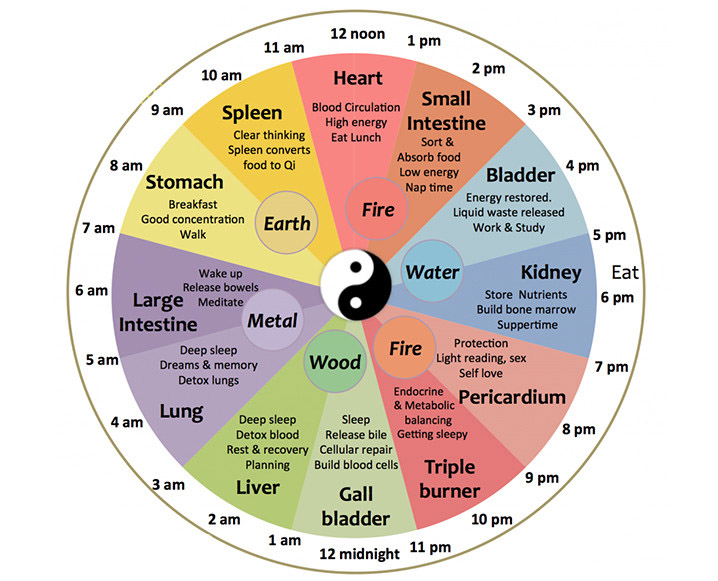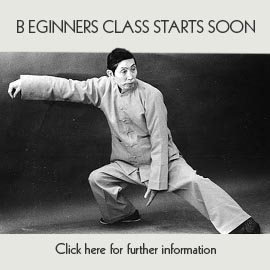We all learn postures new and revised throughout our studies and without consistent practice we can forget them too. Master Alan Peck the head of our lineage in the Middle Way School always said repeatedly “Make your Tai chi your life and your life your Tai chi”. What he meant by that was don’t keep them separate. When we finish every class we do there’s a tendency to go back to the mindset of “I need to get something to eat when I get home” , “I need to pop into the hops on the way back or “What will work be like tomorrow” etc. However to find the form in our life so it’s effects are realistic we need to never stop doing Tai Chi even when we are not doing the form.
However more than that when actually doing the form practice we must also move out of the way of trying to do it so hard. What I ultimately mean by this is we need to investigate relaxation to a level we may not yet of experienced so deeply in life before. Relaxation is the ultimate key to advancing in Tai Chi. It is an almost never ending quest, and an exciting one too. It continuously opens many doors of realisation and revels many steps up can be taken by trusting in the mode of being as relaxed as possible. Alan would always also say to “relax about the idea of relaxing”. When I finally understood that what that meant for me personally I took it as a primary goal in all my endeavours in improving my form.
We all know the shapes of the postures and the movements in the form, but there comes a point when we have to let go of them and allow something else to control them, and not just our muscles. We need to let the mind to both inform and allow the circulation of qi in the body to create the shapes and movements themselves. This is the meaning of allowing your life and Tai Chi to become the same thing. The application of our mind and intent is what takes us to another level in our Tai Chi because as the classics say the body are the soldiers and the mind is the general. The general gives orders and the soldiers carry them out. In our early stages in Tai Chi it feels like the soldiers (muscles) are in complete control of our form however are development comes to a point when we realise more and more that the general is the primary force that wins the battle and makes the form manifest. The body will always e needed to makes the postures and applications but the mind becomes more and more authoritative and directing in how it comes about.
The method for this to develop is through relaxation and allowing the mind to show itself more when we do our form and have some faith that it will grow stronger to command the body and it’s movements more so.
When we first do our Tai Chi it can be quite external where we impress the movements on our body by the command of the muscles mostly. However Tai Chi advancement will come the more you recognise that we don’t make the form happen by forcing tension on our muscles externally, but allowing the Qi to fill up the limbs, feet, hands and torso according to the shapes and movements internally, under the direct orders of the mind.
Li = External muscular force – usually segmented and unconnected.
Qi = Internal whole body force – smooth flowing singular movement throughout the whole body.
Yi – Mind intent – ever present and always everywhere in the body when your attention manifests.
These 3 elements must always be recognised in your practice as they are vital to correct practice. The ingredient which binds them all together and makes them more amplified is relaxation. When all 3 aspects become your habit then your Tai Chi will be resent in everything you do in life and you will have achieved making your life and Tai Chi the same thing.
As Master Tung Tsai-liang a class mate of Dr Chi Chiang-tao’s used to tell his students “small loss equals small gain, big loss equals big gain”. To relax means to really let go of the current limit of your experience and skills and allow knowledge and wisdom to show itself in your practice. If you hold onto to tension then the door will remain firmly closed and you will leave success in your Tai Chi outside in the cold.
So despite the current weather at this time of year have faith and take a chance when you hear wisdom knocking at the door of your body in Tai Chi and let it in. Let it in by relaxing like you’ve never relaxed before. The rewards are incalculable!


